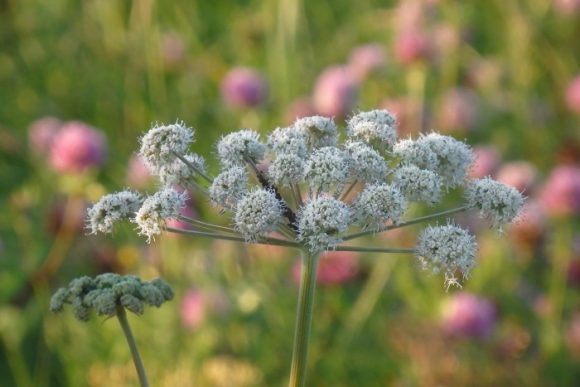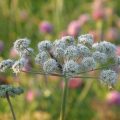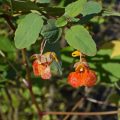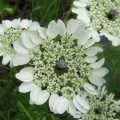- The Miraculous Shiny Bush Plant - January 18, 2021
- Colorful, Edible and Medicinal Celosia - January 10, 2021
- Radish, a Nutritional Power House - December 19, 2020
Angelica archangelica, commonly known as angelica, wild celery, garden angelica or Archangelica officinalis is native to Syria and northern Europe but is now cultivated in the US, Europe and beyond. The plant was named angelica in keeping with popular folklore holding that an angel appeared in Europe to a monk when the continent was battling a deadly plague. According to the folklore, the angel told the monk that angelica was the cure for the plague. This folklore is just one of the explanations of how angelica archangelica herbal medicinal properties were discovered and rose to eminence.
[Note: The Right Flowers is not a medical site. Knowledge of and information about the therapeutic benefits and applications of flowers, while known through the ages, does not constitute medical advice. If you are having health issues, you should consult with a physician.]
Angelica is a tall, perennial herb in the parsley family. It has serrated, aromatic leaflets and features spherical flowers that explode into fireworks of many tiny pink or white blossoms. The plant thrives in damp soils especially along seashores and river banks where there is plenty of sunshine.
The herb has been used for medical and culinary purposes for years in the Lapps and Sami regions of northern Finland. It was also a popular herbal remedy in Norway where it was cultivated as a medicinal plant.
During the 14th century, angelica was a popular herbal remedy throughout Europe as the plant was believed to be an effective treatment of bubonic plague. In the 17th and 18th centuries, the plant was often used to treat intestinal infections such as cholera and dysentery.
Though angelica archangelica herbal medicinal benefits were previously based on folklore, research has shown that the plant has beneficial compounds. According to these studies, it contains antimicrobial, antispasmodic, diuretic, carminative, diaphoretic, tonic and expectorant capabilities.
Digestive remedy
The plant is primarily used to manage digestive problems as its bitter but aromatic warming qualities are thought to boost digestion. In addition, the plant contains many beneficial compounds that relax intestinal muscles which assist in relieving bloating, sluggish liver, and gas. In addition, it is known to assist in stimulating appetite which makes it ideal for treating people with anorexia.
Gynecological support
Angelica contains compounds that stimulate blood circulation. As a result, it is good for relieving menstrual cramps by relaxing uterine muscles and stimulating as well as decongesting menstrual flow. Angelical is also useful in regulating the menstrual cycle and is used as a tonic during childbirth and after delivery to stimulate the expelling of the placenta.
Expectorant
Angelica is known to have expectorant qualities. Its warming effects on the lungs help in healing and soothing coughs as well as decongesting the chest. These qualities make it ideal for treating many ailments that affect the respiratory system such as pleurisy, bronchitis, rheumatic conditions and influenza.
Since angelica rose to fame in the 14th century as a cure for bubonic plague via an angelic visitation to a monk, the plant has held an esteemed place, not only as a medicinal plant but also as a culinary delicacy.





